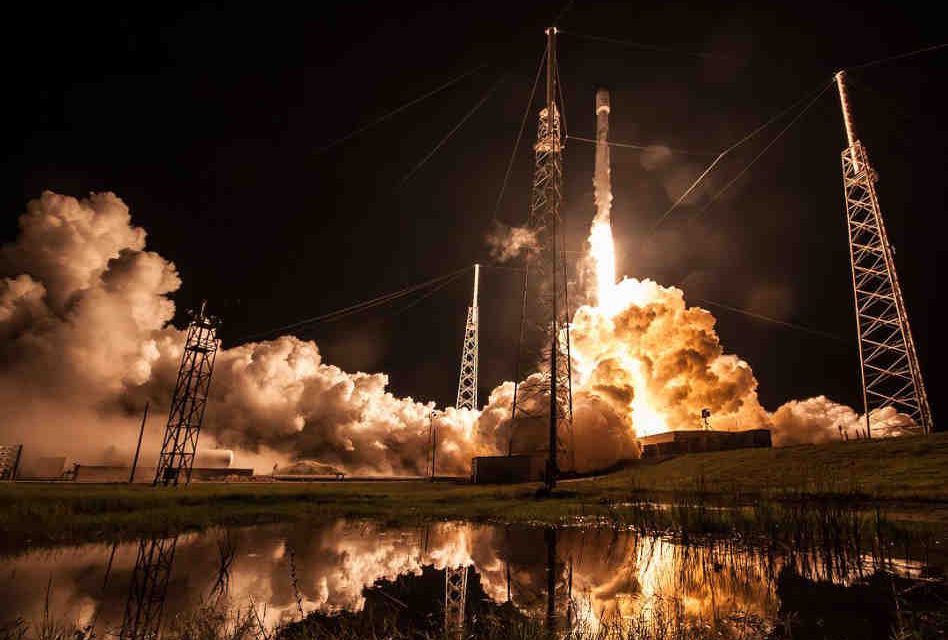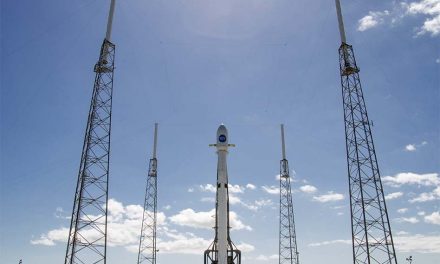The launch window for the Starlink mission opens at 10:30 p.m. EDT May 15, or 2:30 UTC on May 16, and closes at 12:00 a.m. on May 16, or 4:00 UTC.
A backup launch window opens on Thursday, May 16 at 10:30 p.m. EDT, or 2:30 UTC on May 17, and closes at 12:00 a.m. on May 17, or 4:00 UTC.
Falcon 9’s first stage for this mission previously supported the Telstar 18 VANTAGE mission in September 2018 and the Iridium-8 mission in January 2019. Following stage separation, SpaceX will attempt to land Falcon 9’s first stage on the “Of Course I Still Love You” droneship, which will be stationed in the Atlantic Ocean. Approximately one hour and two minutes after liftoff, the Starlink satellites will begin deployment at an altitude of 440km and will then use onboard propulsion to reach an operational altitude of 550km.
SpaceX designed Starlink to connect end users with low latency, high bandwidth broadband services by providing continual coverage around the world using a network of thousands of satellites in low Earth orbit. To manufacture and launch a constellation of such scale, SpaceX is using the same rapid iteration in design approach that led to the successes of Falcon 1, Falcon 9, Falcon Heavy, and Dragon. As such, Starlink’s simplified design is significantly more scalable and capable than its first experimental iteration.
For more information on SpaceX visit, www.spacex.com




















